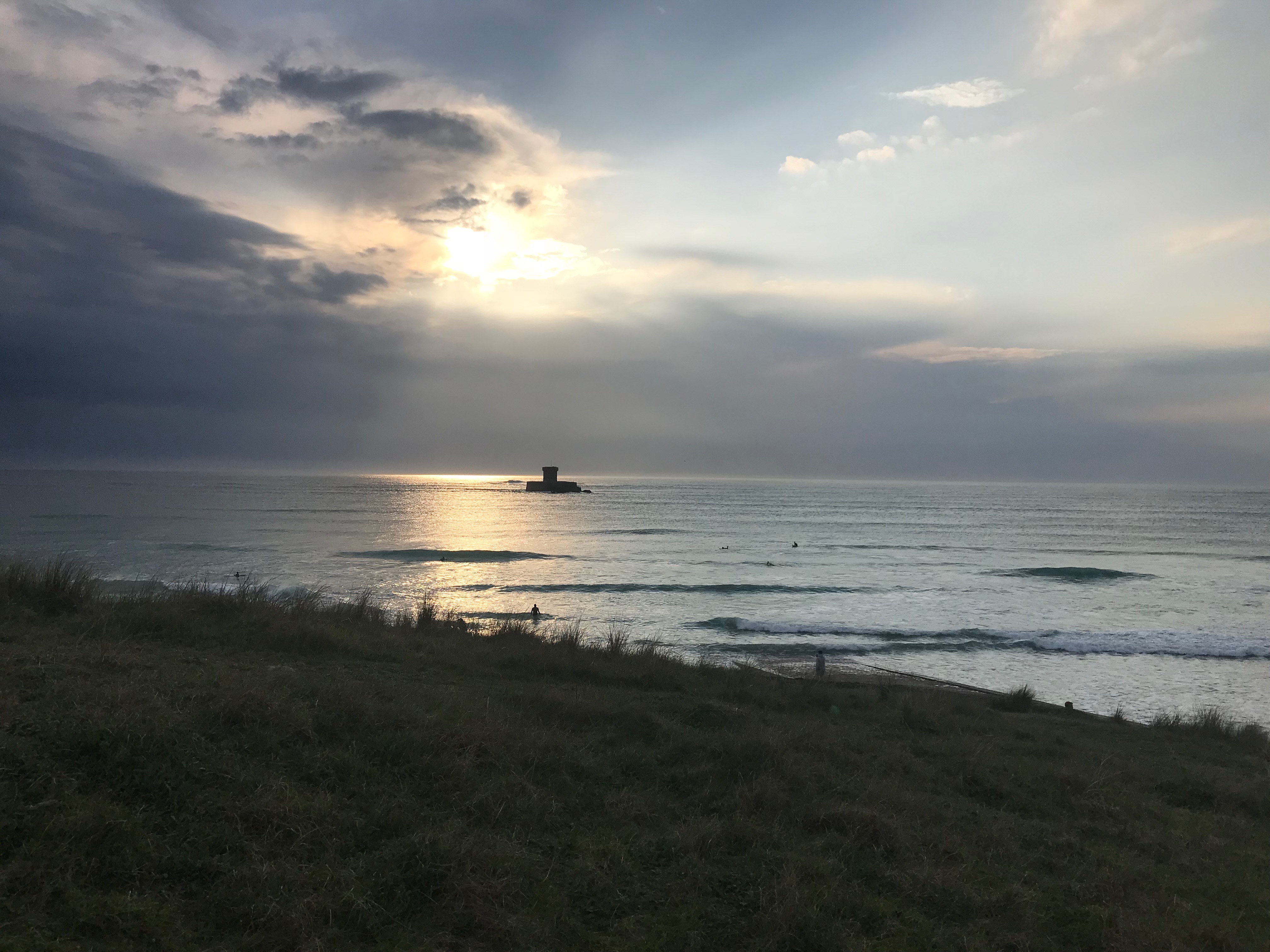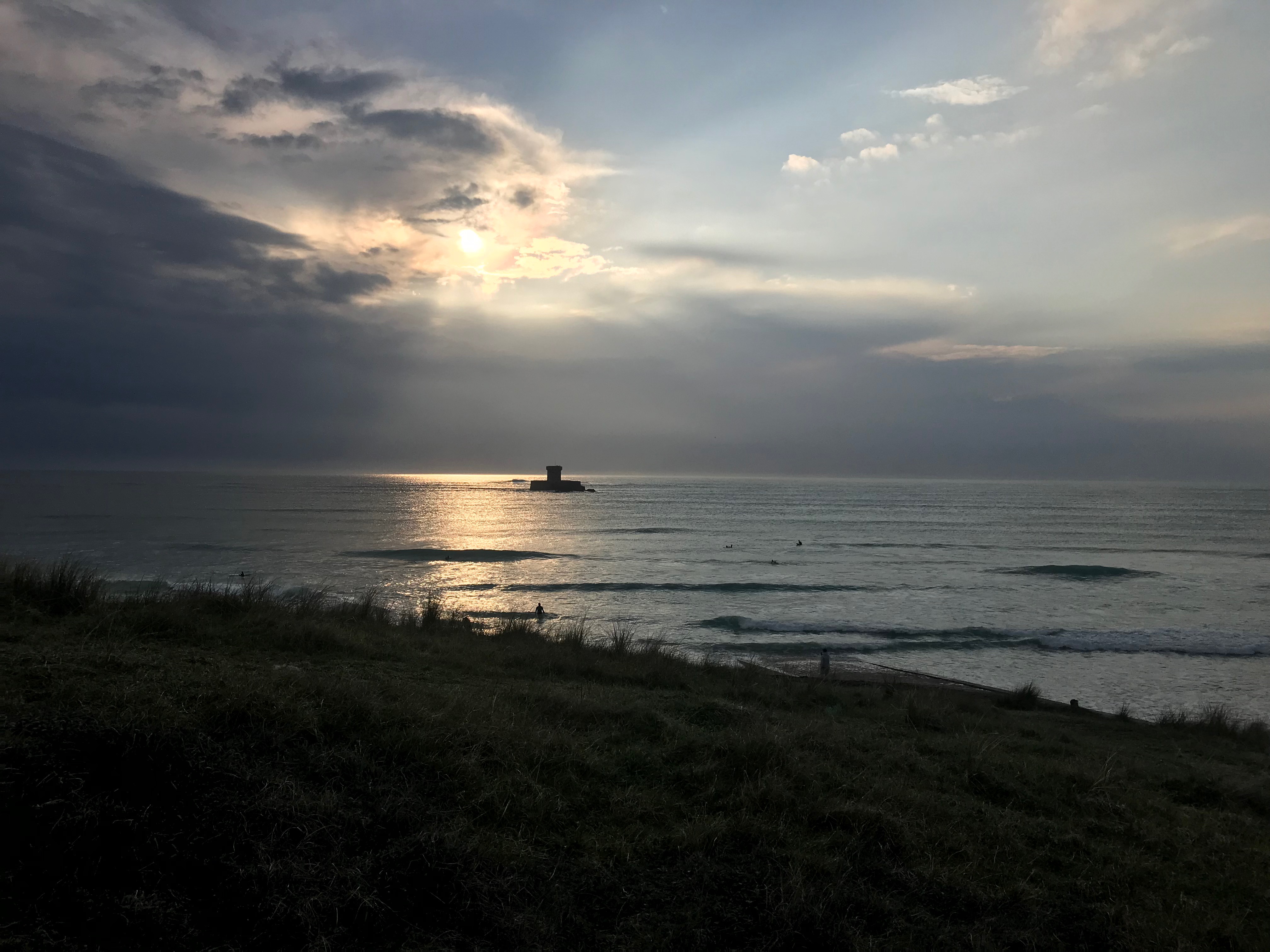HDR stands for High Dynamic Range. Instead of just taking one photo, HDR uses three photos, taken at different exposures. You can then use image editing software to put those three images together and highlight the best parts of each photo. In the case of HDR on smartphones, your phone does all the work for you. The result is something that should look more like what your eyes see, rather than what your camera sees.
Using HDR depends on the situation where it is better to use in certain lighting.
- HDR will improve many outdoor and landscapes scenes. Because these settings often have both dark and light areas, you will often lose details. Turn on HDR to compensate.
- HDR is great for making the most of dim lighting. Just make sure you turn off the flash. It won’t work well with the longer exposure.
- Because it is taking several different images, HDR is slower. So if you are capturing a moving object, or you are taking several photos in quick succession, you should probably turn HDR off.
- HDR will eliminate shadowy or washed out areas. So if you are trying to create a certain mood, or photograph a silhouette, you should turn HDR off.
No HDR

HDR


Nick : if these blog posts are intended for the LANDSCAPE unit, you must back-date them using the publishing settings so that they appear in the correct order.
Also…use CATEGORIES to help distinguish what work you are submitting